Tenor Banjo Lesson - How To Build a Chord Melody
In the following lesson, we will learn how to take a basic melody, and turn that into a full chord melody arrangement. We are going to use the popular tune "When the Saints Go Marching In" in the key of F as our example.
This lesson is all played on a new Deering Eagle II 19-Fret Tenor banjo.
The first thing that you must be able to do before trying to play a chord melody is to figure out the single note melody. In this arrangement, we are going to lay the melody out strictly on the 1st string. I am going to walk you through doing this for the first phrase of this tune, the rest is up to you using the method described below.
The first note of this song is the root (F in the key of F). This note is located on the 8th fret of the 1st string. The next note of the song is the third (an A note in the key of F), which is located at the 12th fret of the 1st string. The following note is a Bb (13th fret), and the last note of this phrase is a C (15th fret).
Let's now try to harmonize these notes with some chords.
The harmony (chords) in this part of the song stays on an F. We are going to play our inversions of an F chord for three of these notes (the F, A, and C) because these notes are found in an F chord. But when we get to the Bb, we have to add a chord substitution. We are going to add the IV chord (a Bb) because this will keep us in the key of F (a Bb chord is found in the key of F).
So the first chords I will be playing will be:
- F with the root on the 1st string
- F chord with the A note on the 1st string
- Bb chord with the root of that chord (a Bb) on the first string
- F chord with a C note on the 1st string
Using the IV chord (Bb) as a pasing chord works when playing over the I chord (F) and is commonly used in gospel music.
In Part 3 below, I am now adding in some right hand technique. I am adding some rhythmic strums and a few arpegiated chords to fill in the spaces where the melody stays on one note for a couple beats.
In Part 4 below, I am now bringing it up to speed, adding some more rhythmic variation and right hand techniques such a tremelo. I also start to branch out from the basic melody and harmony, adding more chord substitutions. In the coming weeks we will talk more about some of these techniques used.
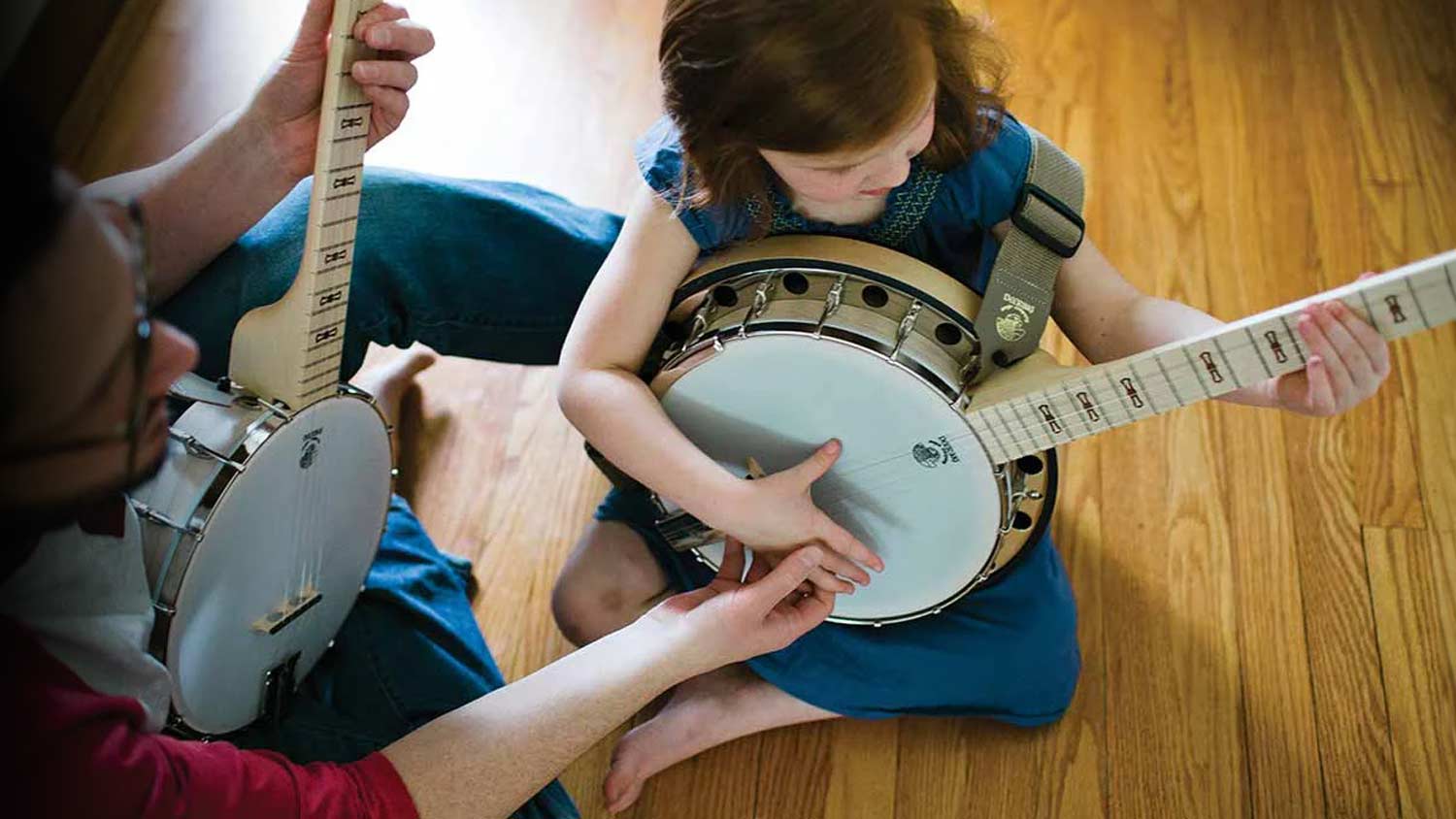




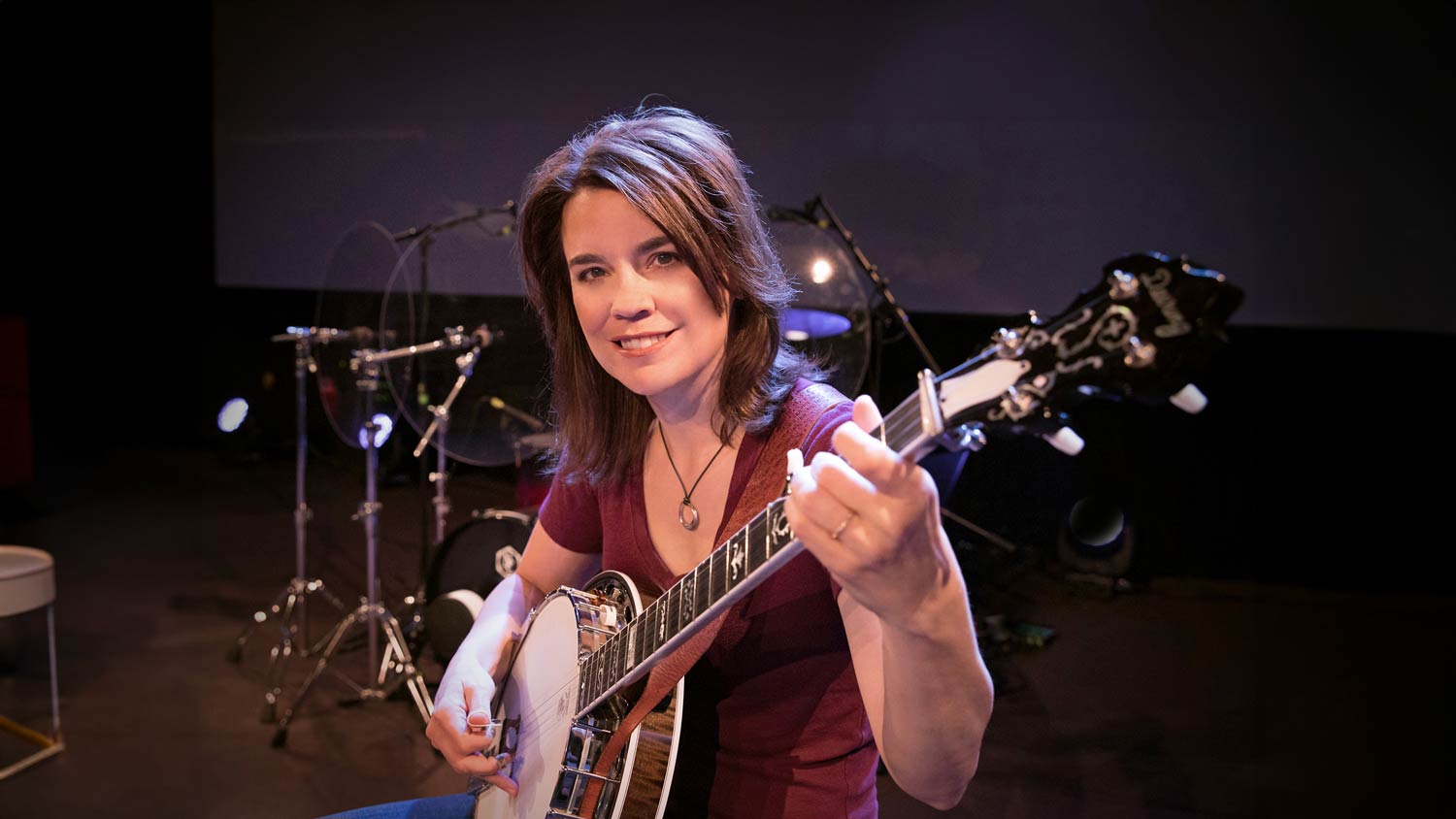

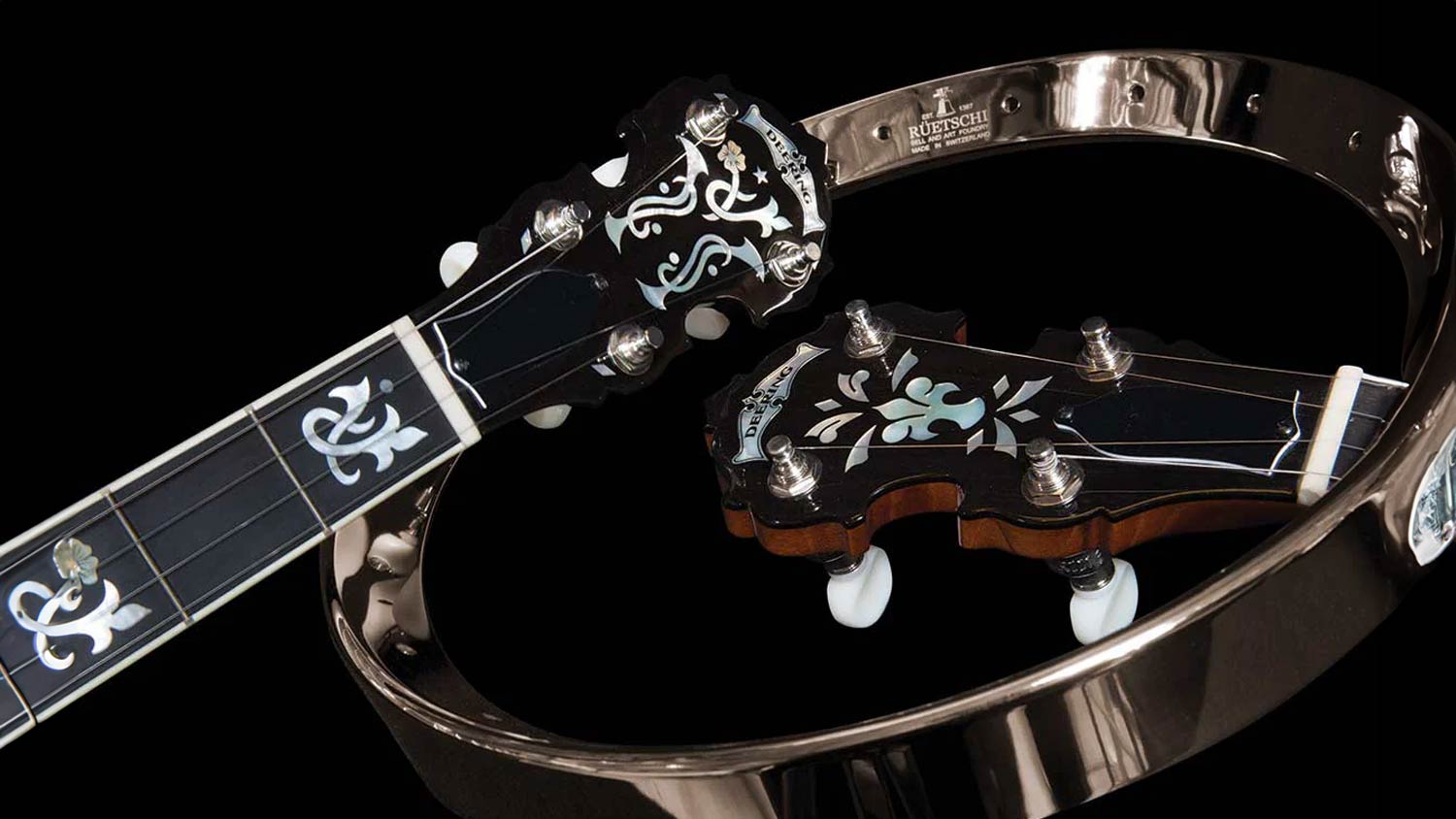

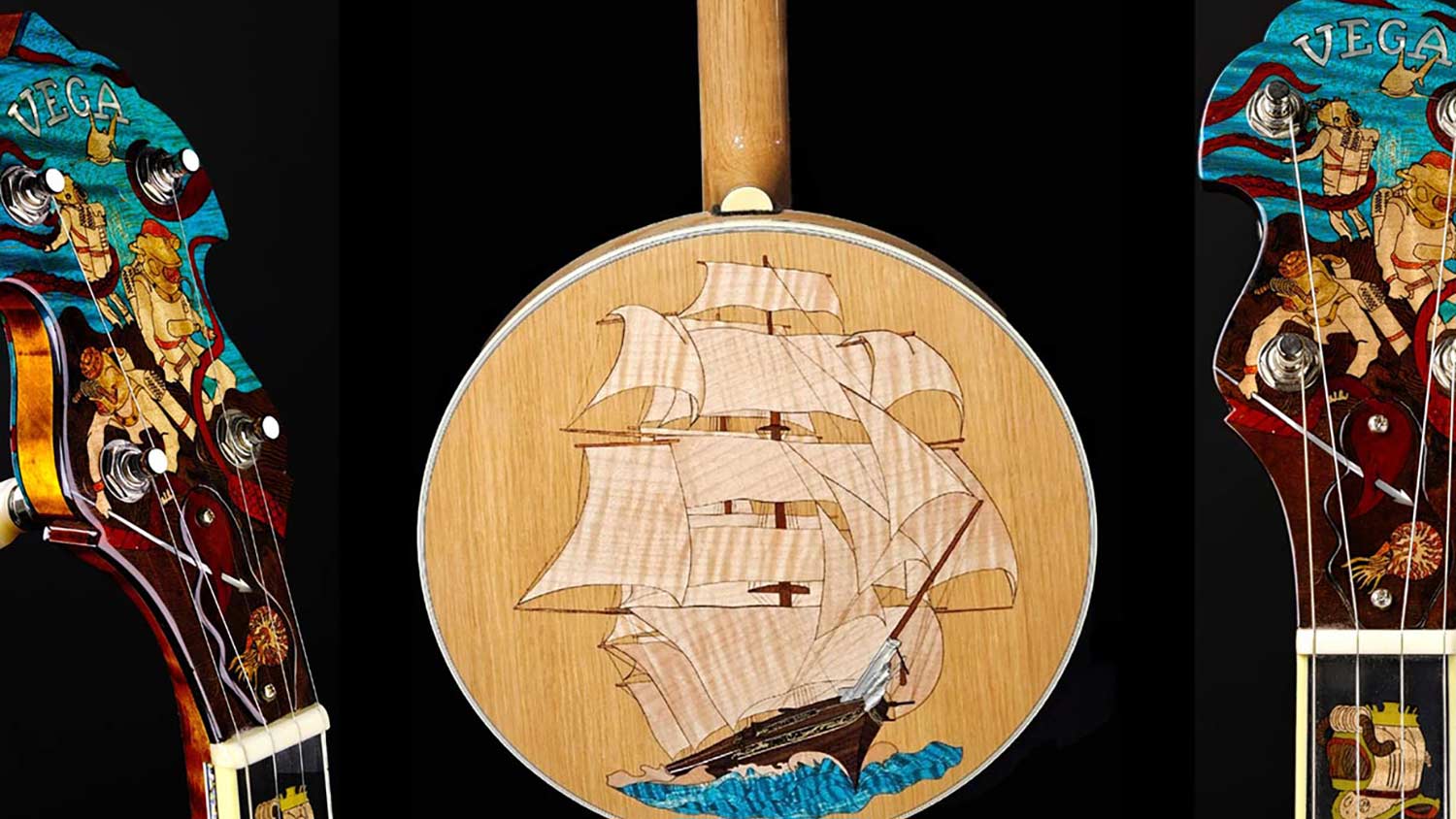





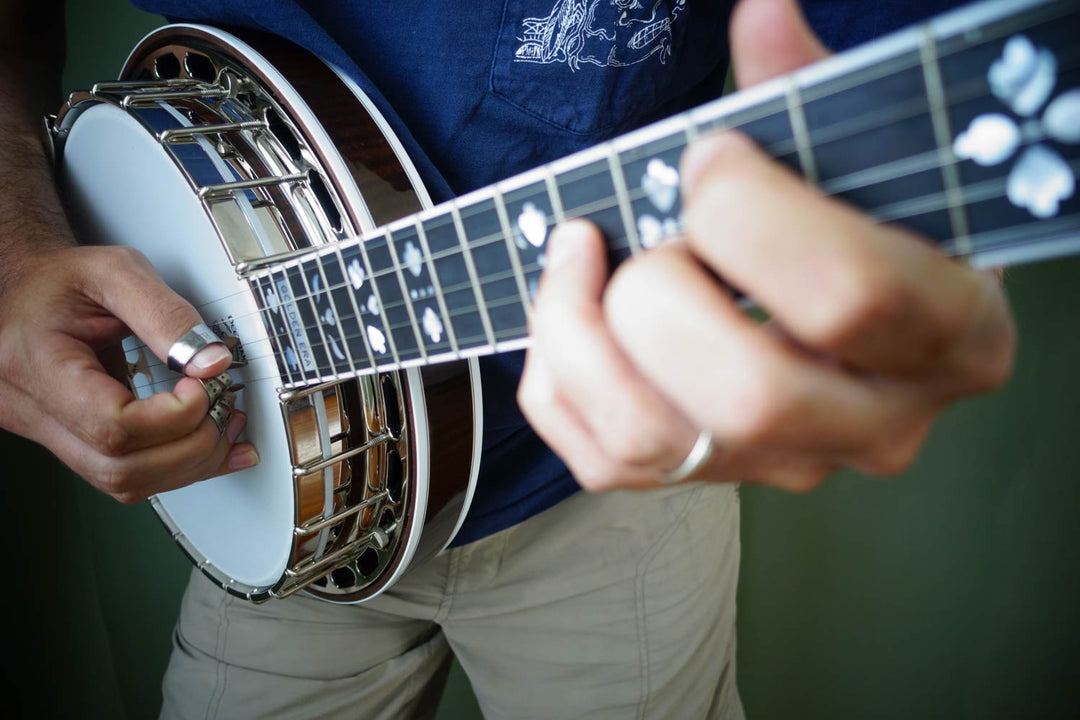
Can you teach me to play the tenor one to one on line? The index finger on my left hand doesn’t work. I am very eager to learn.
Hey there! Nice voicing indeed! Years back I was at a guitar store and sorting through their 2nd hand music book box, i found an ancient (1920’s) tenor banjo book with a centerfold on “Building a Chord Glissando” and i freaked. No money, I scooted off to an ATM, had to come back the next day and the book was gooooone! A 2-page guide to making a chord glissando was a dream come true – never found anything on it/like it since, even though it seems to be a ai stay of tenor playing. I listened to a lot of Eddie Peabody waaay back and it’s stayed with me. I’ve played rhythm guitar since 1964 and I’m happy there, but learning to construct a glissando would be wonderful. I DO admire and love your playing and the building-up of the voicing you do. Thank You!!
Hi, thanks for this lesson. Unfortunately, I cannot open the video i full screen. It would be nice to publish the lesson with the option to enlarge the records Also the slow version with a sequence instruction would be a Great help to the beginners as I am. Thanks a lot!
Dave,
I play the Saints in a lower octave.
Been playing for over 50 years.
You are very good Dave
Keep doing good work for people.
JOHN MEKSA
Great sound, love the tenor banjo, just had my almost 100 year old banjo fixed up to playing condition. Thanks for your lesson.
Leave a comment